Chronic wound multiscale evaluation: from the molecular mechanisms to an objective clinical follow-up
dc.contributor
Universitat de Vic - Universitat Central de Catalunya. Departament d'Enginyeries
dc.contributor.author
Cullell i Dalmau, Marta
dc.date.accessioned
2023-07-27T11:56:04Z
dc.date.available
2024-05-21T22:05:10Z
dc.date.issued
2023-05-22
dc.identifier.uri
http://hdl.handle.net/10803/688882
dc.description.abstract
Les ulceres cròniques es caracteritzen per la seva incapacitat de cicatritzar en un període establert de temps. Tot i que els avenços clínics han millorat recentment, encara manquen eines per realitzar un seguiment acurat d’aquestes ferides per tal de poder anticipar-ne l’evolució i que el personal mèdic pugui seleccionar les teràpies més adequades. Els nostres resultats a nivell cel·lular i nanoscòpic sobre l’efecte del VEGF en els fibroblasts dèrmics aporten evidències que contribuiran a millorar la comprensió dels mecanismes d’actuació de les teràpies basades en aquests factors de creixement. També, hem implementat dues eines que permeten determinar el temps característic de cicatrització, mesura que permet determinar en estadis primerencs la prognosis d’una ferida i comparar també l’eficàcia de diferents teràpies. Finalment, hem apropat al personal mèdic els fonaments dels algoritmes de deep learning per facilitar-ne la seva comprensió i acceptació en el col·lectiu de professionals de la salut.
ca
dc.description.abstract
Chronic ulcers are characterized by their inability to heal within a specific period of time. Although recent clinical advances have improved, there still is a lack of tools to accurately monitor these wounds in order to anticipate their progression and enable healthcare professionals to select the most appropriate therapies. Our cellular and nanoscopic results on the effect of VEGF on dermal fibroblasts provide evidence that will contribute to improving the understanding of the mechanisms of action of therapies based on these growth factors. Additionally, we have implemented two tools that allow determining the characteristic healing time, a measure that enables early-stage prognosis of a wound and also facilitates comparing the effectiveness of different therapies. Lastly, we have introduced the fundamentals of deep learning algorithms to healthcare professionals to enhance their understanding and acceptance within the healthcare community.
ca
dc.format.extent
131 p.
ca
dc.language.iso
eng
ca
dc.publisher
Universitat de Vic - Universitat Central de Catalunya
dc.rights.license
L'accés als continguts d'aquesta tesi queda condicionat a l'acceptació de les condicions d'ús establertes per la següent llicència Creative Commons: http://creativecommons.org/licenses/by-nc-nd/4.0/
ca
dc.rights.uri
http://creativecommons.org/licenses/by-nc-nd/4.0/
*
dc.source
TDX (Tesis Doctorals en Xarxa)
dc.subject
Ferides i lesions
ca
dc.subject
Úlceres
ca
dc.subject
Cèl·lules--Migració
ca
dc.subject
Intel·ligència artificial--Aplicacions a la medicina
ca
dc.subject
VEGF
ca
dc.subject.other
Salut
ca
dc.title
Chronic wound multiscale evaluation: from the molecular mechanisms to an objective clinical follow-up
ca
dc.type
info:eu-repo/semantics/doctoralThesis
dc.type
info:eu-repo/semantics/publishedVersion
dc.subject.udc
616.5
ca
dc.contributor.director
Manzo, Carlos
dc.contributor.codirector
Otero Viñas, Marta
dc.rights.accessLevel
info:eu-repo/semantics/openAccess
dc.description.degree
Ciències Experimentals i Tecnologies
ca
